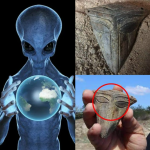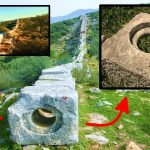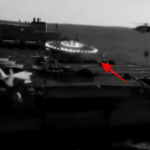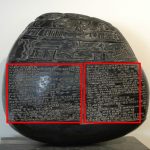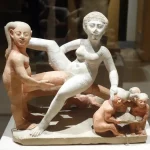Andrea di Pietro di Marco Ferrucci’s Renaissance masterpiece, a remarkable marble bust of Julius Caesar
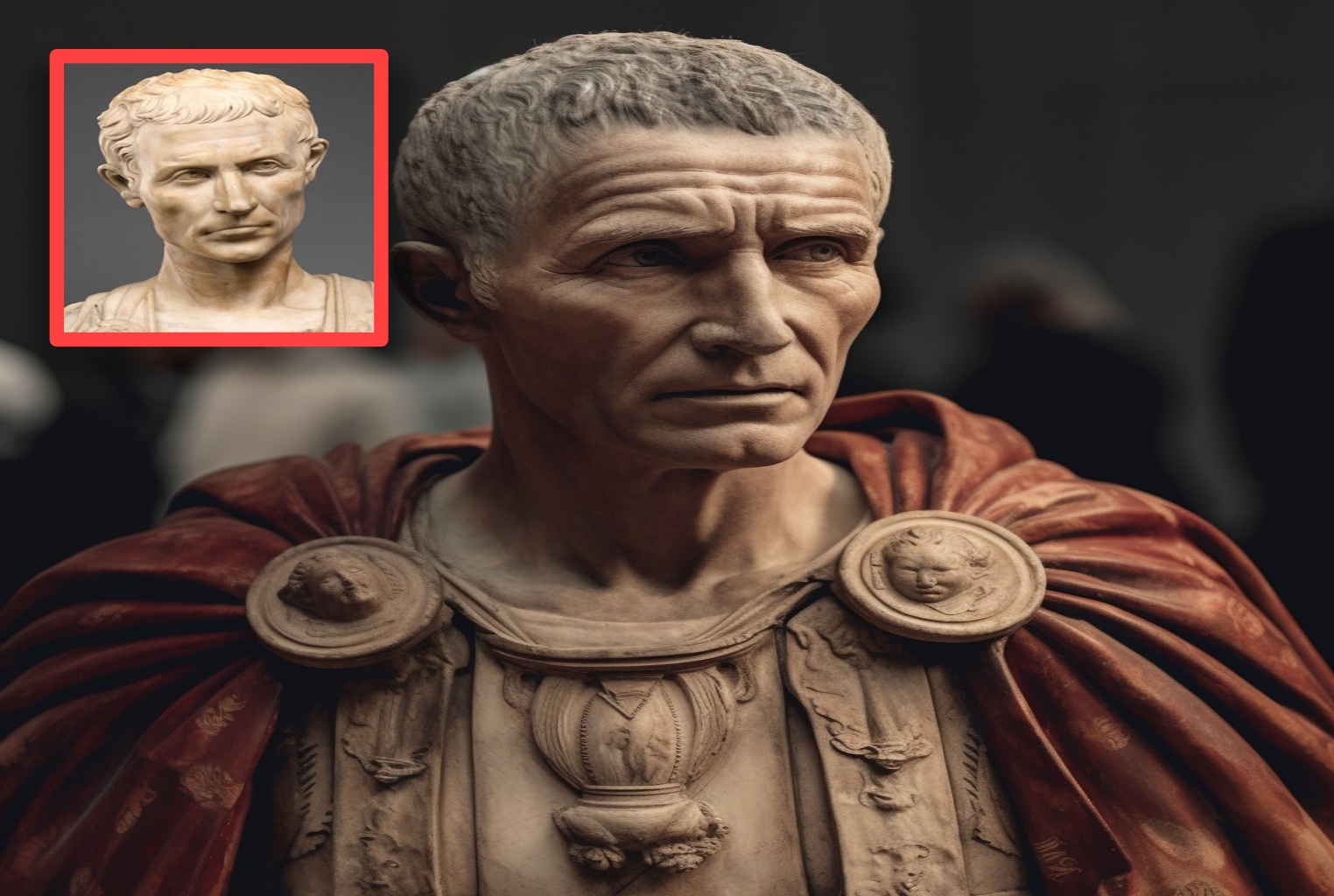
The marble bust representing Julius Caesar, adorned with a cuirass embellished with a Medusa head and an eagle, stands as a testament to the artistic brilliance of the Renaissance period. Crafted between 1512 and 1514 in Florence, Italy, this exceptional work of art is attributed to the renowned Italian sculptor Andrea di Pietro di Marco Ferrucci. Through its intricate details and masterful craftsmanship, the bust encapsulates the grandeur and significance of one of history’s most iconic figures.
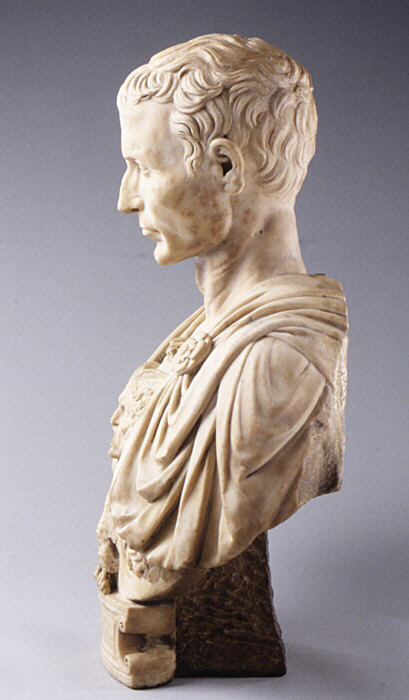
Julius Caesar, the legendary Roman general and statesman, is immortalized in this marble masterpiece, capturing his commanding presence and noble demeanor. The cuirass, or breastplate, adorned with symbolic motifs such as the Medusa head and eagle, serves as a visual tribute to Caesar’s military prowess and political authority. These intricately carved details not only enhance the aesthetic appeal of the bust but also convey deeper layers of meaning, reflecting the cultural and historical context of Renaissance Italy.
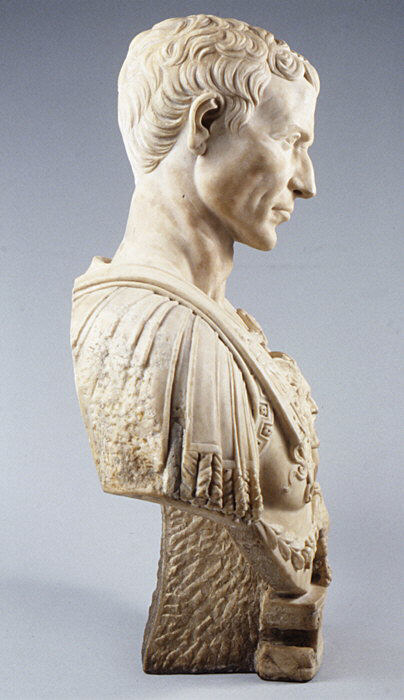
Attributed to Andrea di Pietro di Marco Ferrucci, a prominent sculptor of the Renaissance era, the bust exemplifies the artistic ideals and techniques of the period. Ferrucci’s mastery of form and expression is evident in the lifelike portrayal of Caesar, with every detail meticulously rendered to evoke a sense of realism and vitality. The sculptor’s skillful manipulation of marble, a notoriously challenging medium, demonstrates his technical proficiency and artistic vision, elevating the bust to a work of enduring beauty and significance.
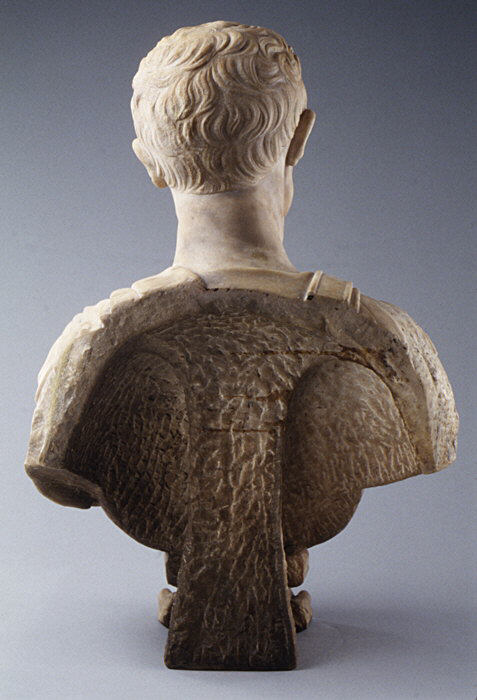
The bust’s creation in Florence, a center of artistic innovation and patronage during the Renaissance, further enhances its historical and cultural significance. As a hub of artistic activity, Florence provided fertile ground for the flourishing of talents such as Ferrucci, who drew inspiration from the city’s rich artistic heritage and intellectual milieu. The bust’s attribution to Ferrucci adds another layer of intrigue to its provenance, inviting further exploration into the sculptor’s life and legacy.
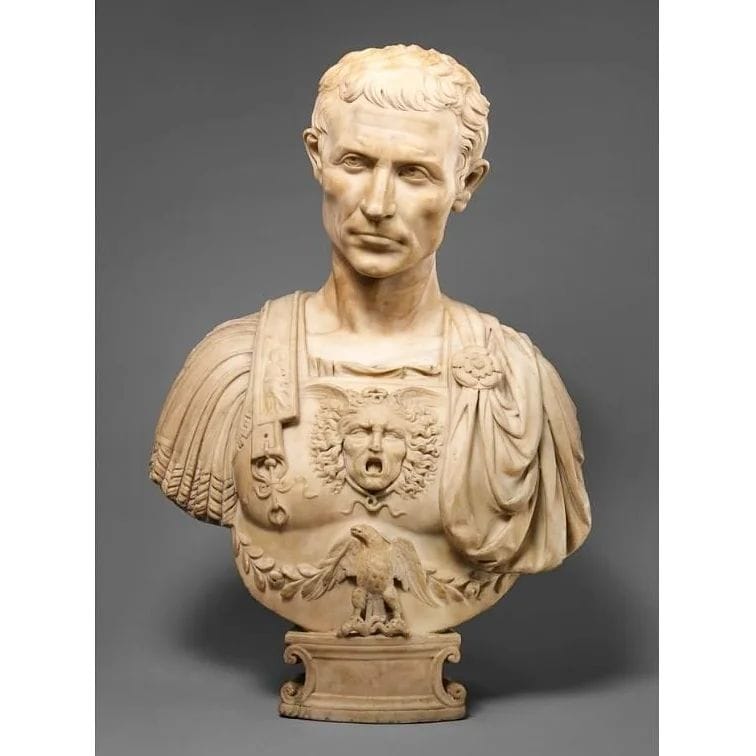
Beyond its aesthetic appeal, the marble bust of Julius Caesar serves as a tangible link to the past, offering insights into the political, social, and cultural dynamics of Renaissance Italy. As a symbol of power and authority, Caesar’s likeness resonates with themes of leadership, ambition, and legacy, transcending time and place to provoke contemplation and reflection. Its presence in museums and collections worldwide serves as a reminder of the enduring fascination with Caesar and his legacy, inspiring generations of viewers to ponder the complexities of history and human nature.
In conclusion, the marble bust representing Julius Caesar by Andrea di Pietro di Marco Ferrucci is a masterpiece of Renaissance sculpture, capturing the essence of one of history’s most iconic figures with unparalleled grace and elegance. Through its exquisite craftsmanship and symbolic richness, the bust invites viewers to journey back in time to the age of Caesar, exploring the triumphs and tribulations of an era that continues to captivate and inspire to this day.
